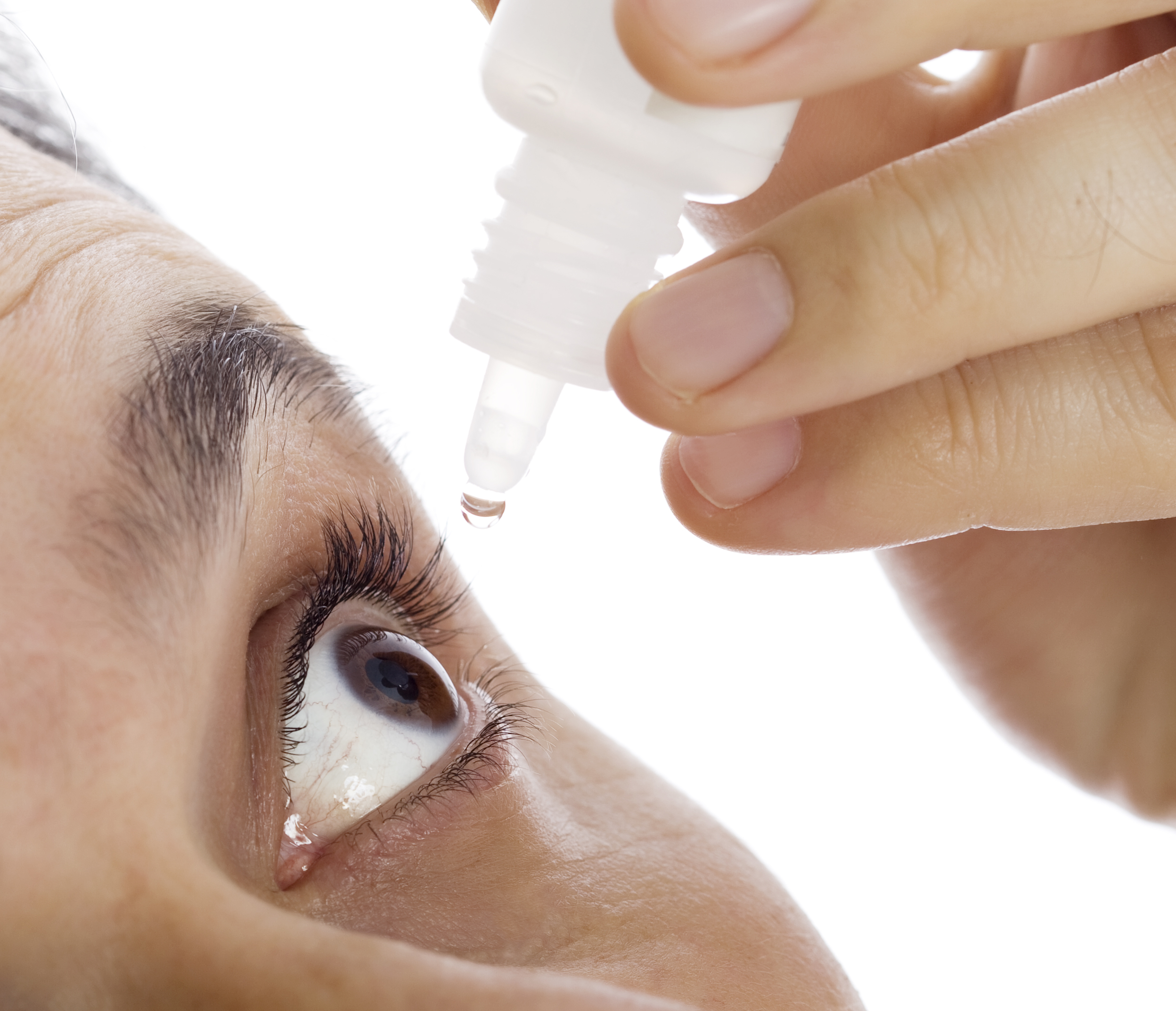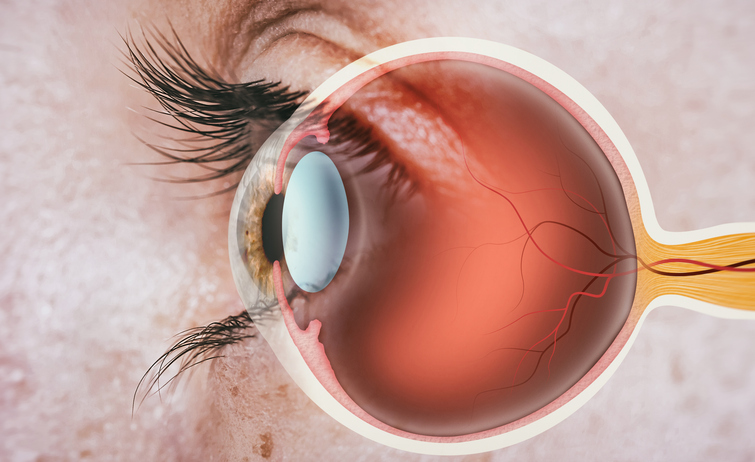Last Updated: March 18, 2023
The hormonal and physical changes experienced by expectant mothers might include dry eye, blurred vision, or severe changes to vision. These may also be the first sign of a more serious condition like gestational diabetes. While pregnant, here are three vision conditions to keep an eye on:
Blurred Vision
Slight vision changes are common for pregnant women to experience. If you notice that your vision has steadily changed or is periodically different, you’re likely experiencing refractive changes (changes in eye structure/shape) caused by fluid retention.
Not to worry, for most women these changes are temporary and return to normal after delivery. In some cases, these changes are permanent and may require a trip to a Doctor of Optometry for a new prescription.
Doctors of optometry recommend that women wait between six and nine months after delivery before making changes to their prescription to ensure their eyes have fully adjusted.
Dry Eye
The hormone fluctuations that occur during pregnancy can decrease natural tear production, resulting in dry eye for some women. Chronic stinging, gritty, scratchy and uncomfortable feeling eyes are all common signs of the condition.
After delivery, these symptoms often go away but in some cases it can be permanent and needs to be managed with a prescription. If dry eye is left untreated, it can be harmful and could lead to tissue damage and scarring that can impair vision.
If you are experiencing dry eye symptoms, your optometrist can prescribe artificial tears, gels, and ointments to reduce discomfort.
Diabetes and Gestational Diabetes
Women with diabetes or gestational diabetes are at a higher risk of developing serious eye conditions that often worsen during pregnancy and can lead to permanent damage to the blood vessels in the eye.
Watch out for severe blurring or fluctuating vision, double vision, flashes, floaters within the eyes, and partial vision loss.
Women with diabetes or gestational diabetes should see their doctor of optometry once per trimester to monitor the blood vessels in the eye and to ensure steps are being taken to reduce the risk of diabetic retinopathy, diabetes-induced retinal damage that can lead to permanent blindness.

